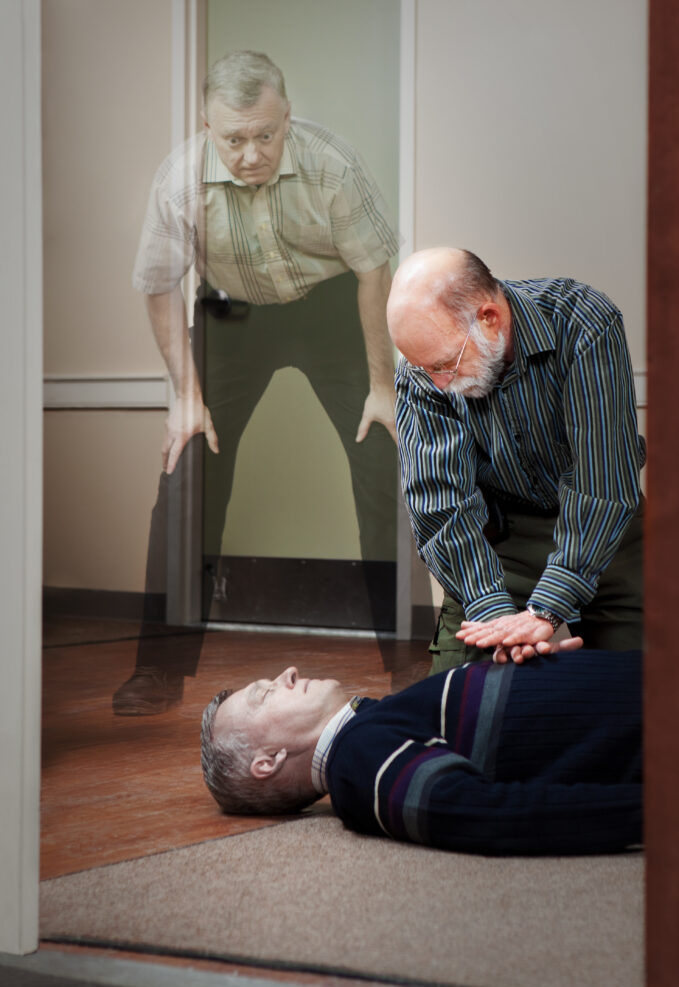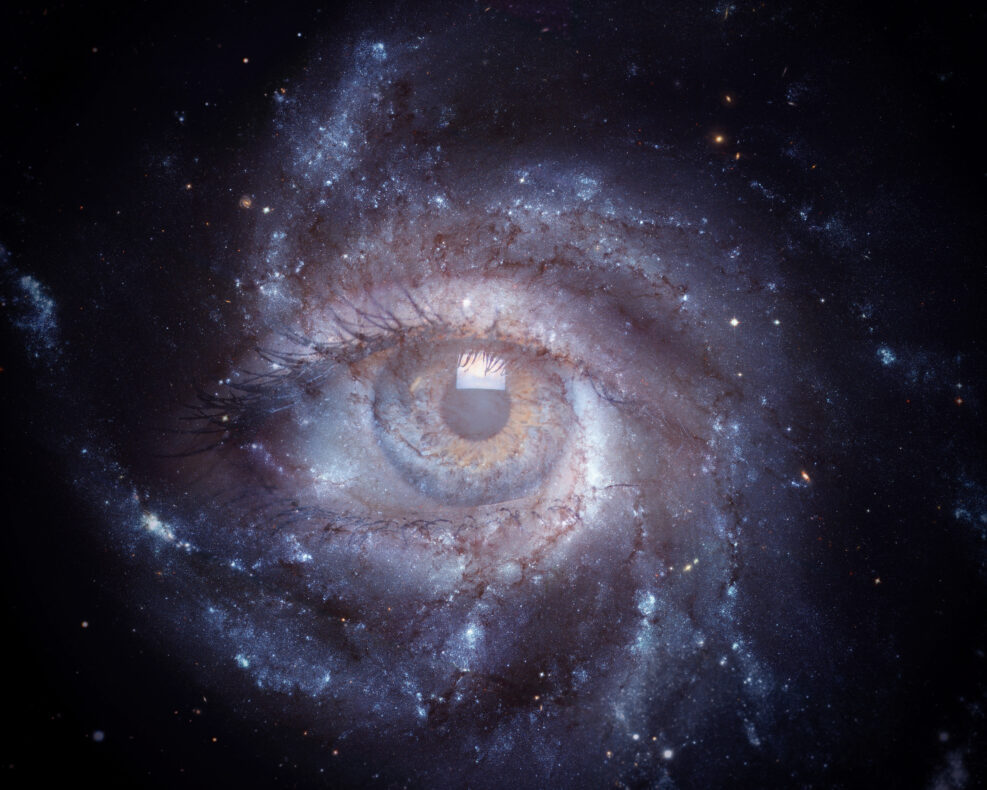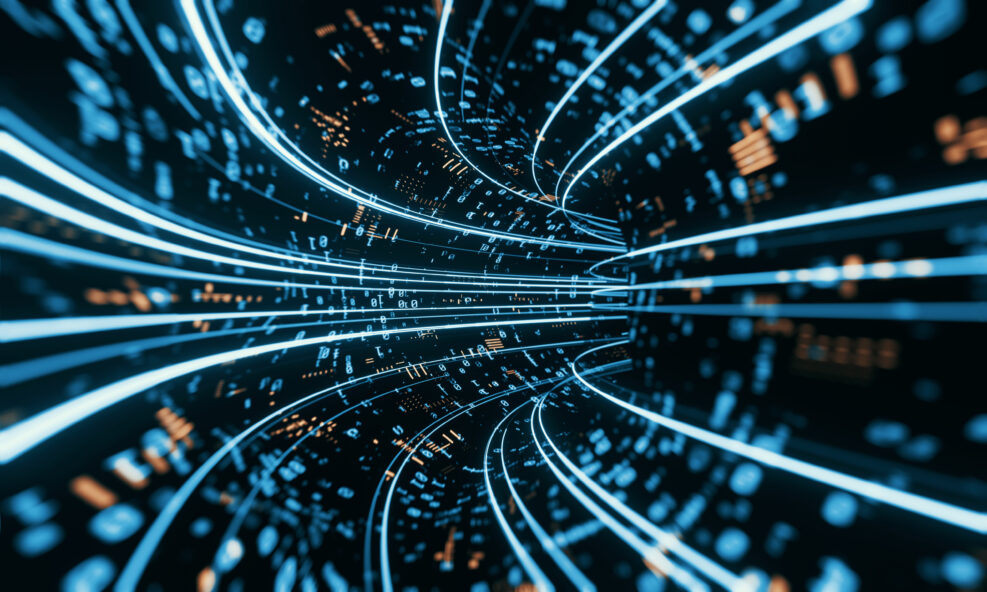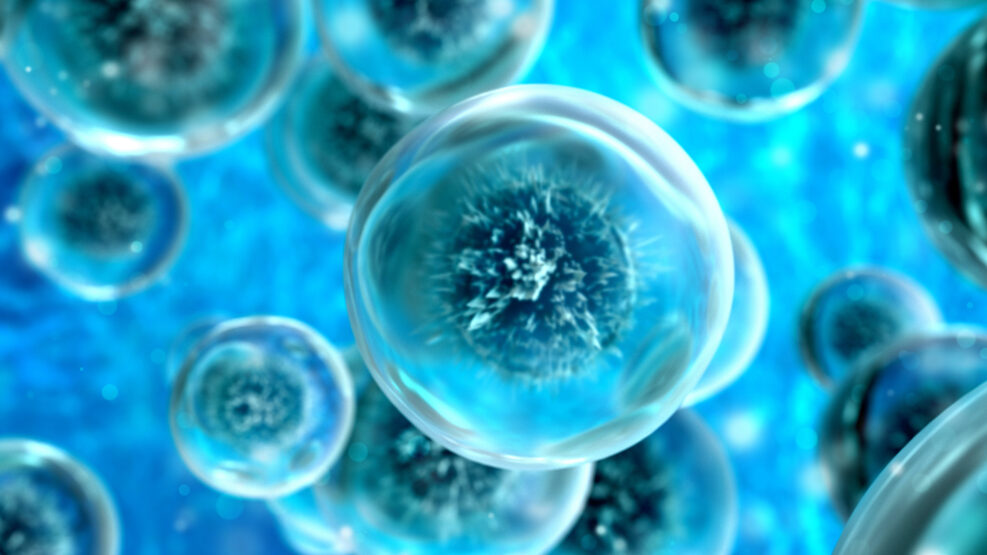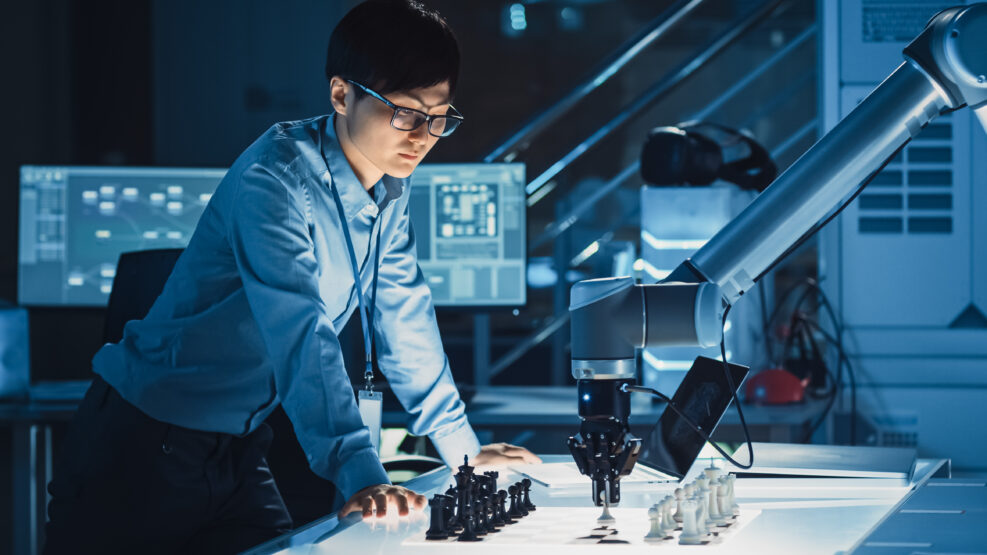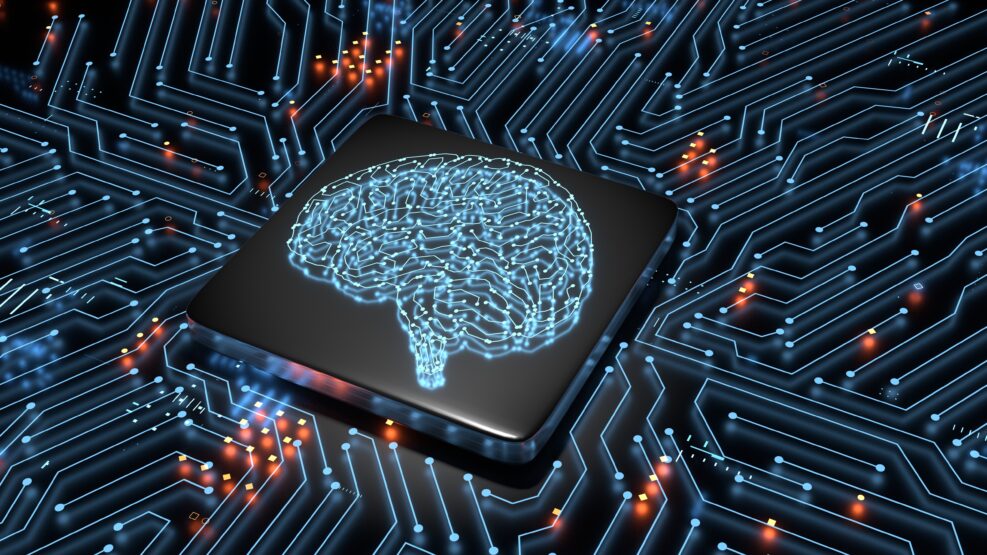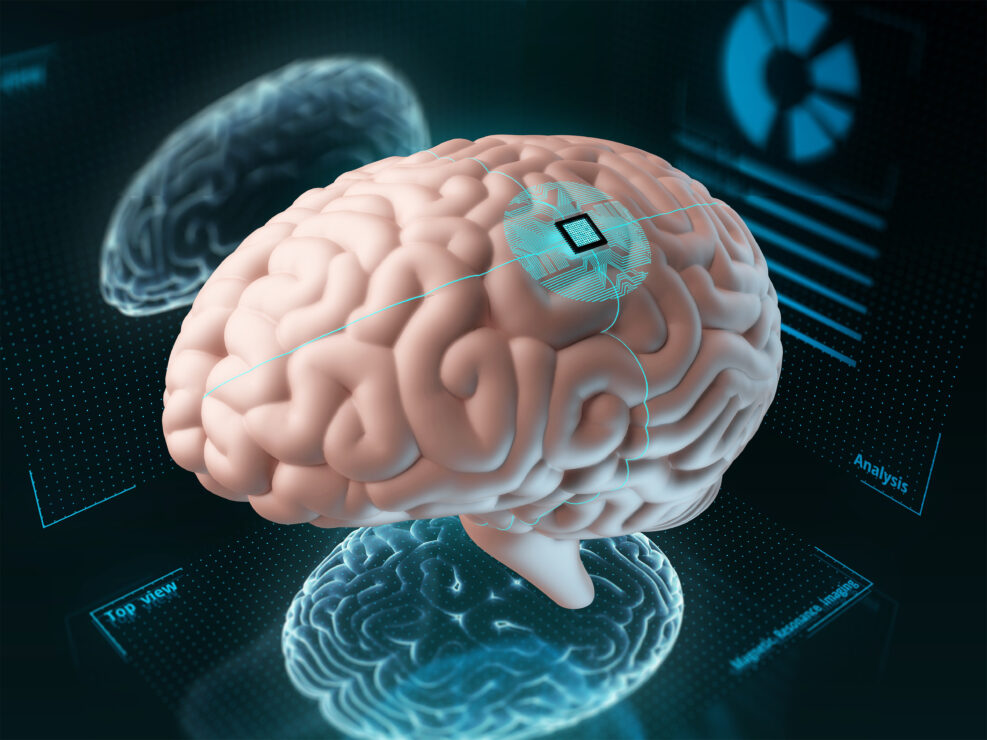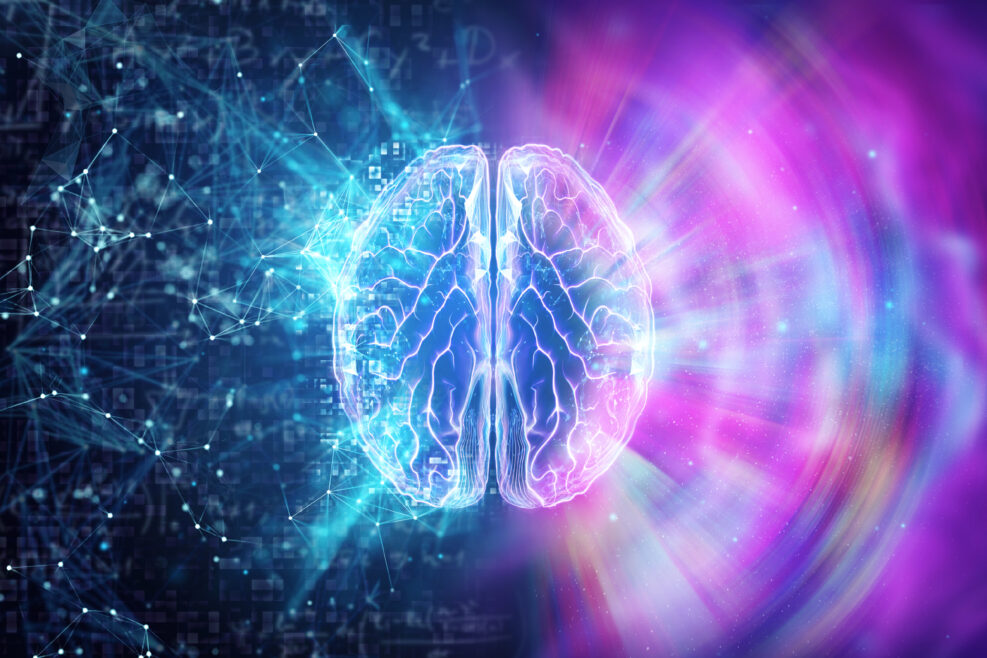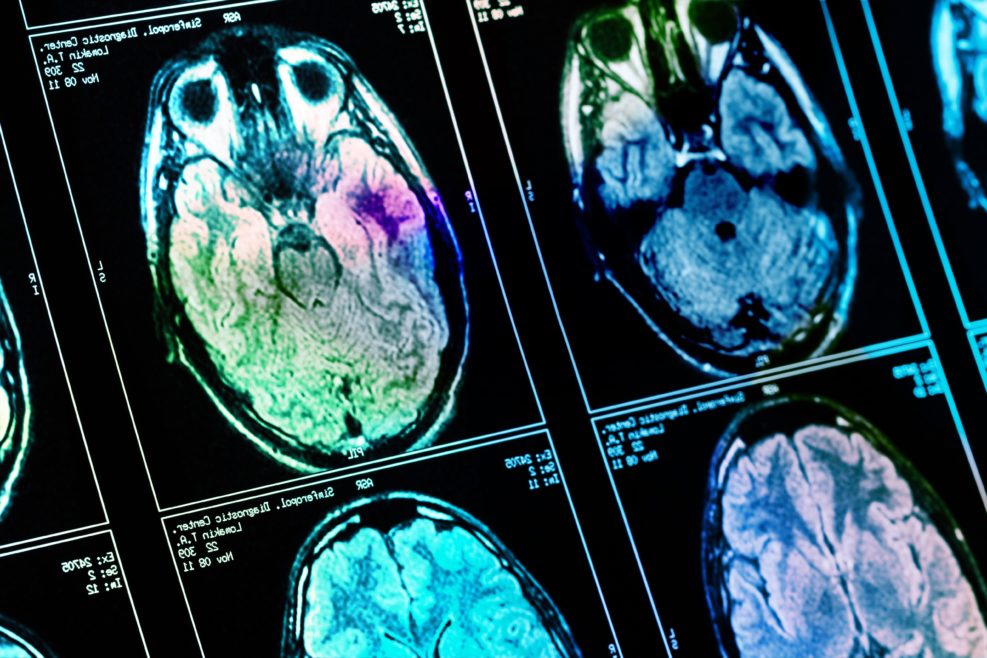
Why a “Budding” Neuroscientist Is Skeptical of Brain Scans
After reading her perceptive essay about the problems in fMRI imaging in neuroscience, I’m sad that a gifted student has doubts about a career in the fieldKelsey Ichikawa has just published a superb essay about the pitfalls of functional magnetic resonance imaging (fMRI) of the brain. Ms. Ichikawa (pictured), who describes herself as a ”budding” neuroscientist who graduated last year from Harvard, discusses the snares into which misinterpretation can lead us. fMRI brain scanning is a relatively new technology in which researchers and clinicians use magnetic resonance images (MRI) of the brain to detect brain activity almost as it happens. The technique is widely used, both for clinical care of patients (neurosurgeons use it to map sensitive parts of the brain prior to surgery) and for research purposes. A major thrust of neuroscience research in the last couple of decades has been the use of fMRI Read More ›
